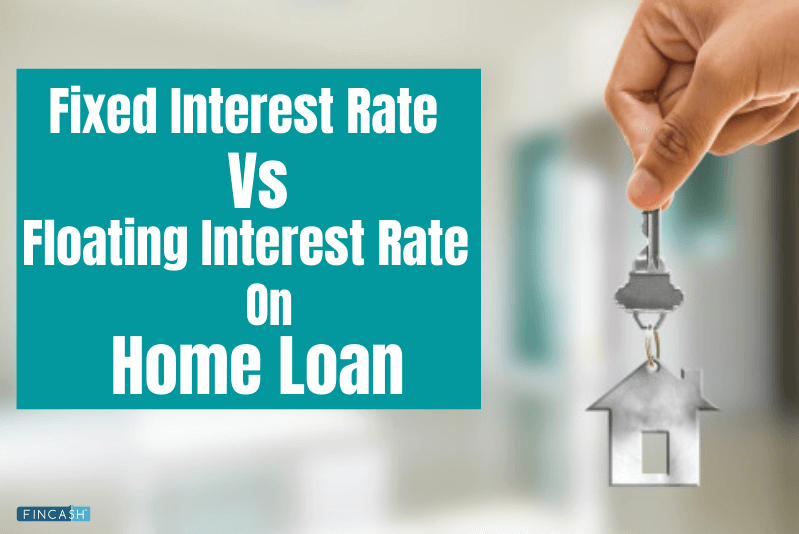Coupon Rate
What is a Coupon Rate?
A coupon rate is the yield paid by a fixed-Income security; a Fixed-Income Security's coupon rate is simply just the annual coupon payments paid by the issuer relative to the bond's face or par value. The coupon rate is the yield the bond paid on its issue date. This yield changes as the value of the bond changes, thus giving the bond's yield to maturity.
Details of Coupon Rate
A bond's coupon rate can be calculated by dividing the sum of the security's annual coupon payments and dividing them by the bond's Par value. For example, a bond issued with a Face Value of Rs. 1,000 that pays a Rs. 25 coupon semiannually has a coupon rate of 5%. All else held equal, Bonds with higher coupon rates are more desirable for investors than those with lower coupon rates.
Interest Rate
The coupon rate is the interest rate paid on a bond by its issuer for the term of the security. The term 'coupon' is derived from the historical use of actual coupons for periodic interest payment collections. Once set at the issuance date, a bond's coupon rate remains unchanged, and holders of the bond receive fixed interest payments at a predetermined time frequency. A bond issuer decides on the coupon rate based on prevalent Market interest rates, among others, at the time of the issuance. Market interest rates change over time, and as they move higher or lower than a bond's coupon rate, the value of the bond increases or decreases, respectively.
Talk to our investment specialist
Market Rate
Changing market interest rates affect bond investment results. Since a bond's coupon rate is fixed all through the bond's maturity, a bondholder is stuck with receiving comparably lower interest payments when the market is Offering a higher interest rate. An equally undesirable alternative is selling the bond for less than its face value at a loss. If the market rate turns lower than a bond's coupon rate, holding the bond is advantageous, as other investors may want to pay more than the face value for the bond's comparably higher coupon rate. Thus, bonds with higher coupon rates provide a Margin of Safety against rising market interest rates.
Yield to Maturity
When investors buy a bond initially at face value and then hold the bond to maturity, the interest they earn on the bond is based on the coupon rate set forth at the issuance. For investors acquiring the bond on the secondary market, depending on the prices they pay, the return they earn from the bond's interest payments may be higher or lower than the bond's coupon rate. This is the effective return called yield to maturity. For example, a bond with a par value of Rs. 100 but traded at Rs. 90 gives the buyer a yield to maturity higher than the coupon rate. Conversely, a bond with a par value of Rs. 100 but traded at Rs. 110 gives the buyer a yield to maturity lower than the coupon rate.
Coupon Rate Example

All efforts have been made to ensure the information provided here is accurate. However, no guarantees are made regarding correctness of data. Please verify with scheme information document before making any investment.











